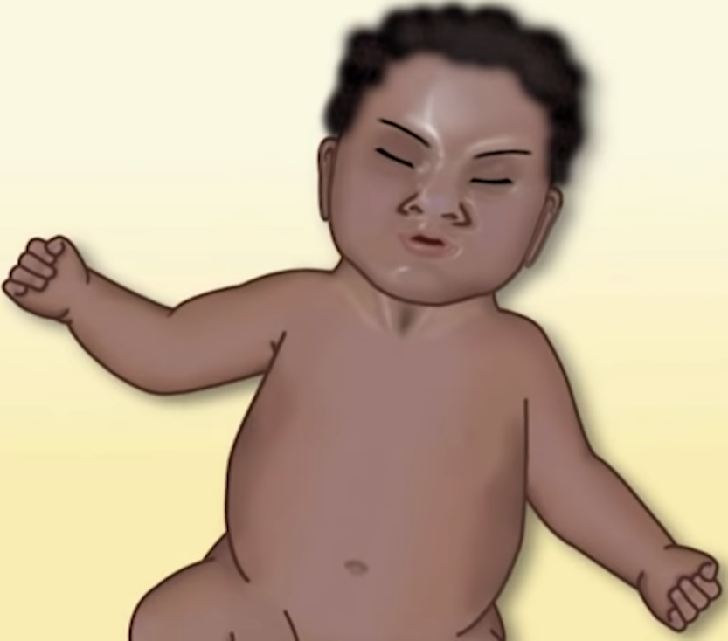Your baby has finally arrived home from the hospital. As you learn to care for your baby, there are a few things you should know.
The following are common problems newborns experience:
Jaundice
A yellow color of the skin and eyes, which is common for many babies. Gently press on your baby's nose, forehead, or thigh to see if the skin under your finger looks yellow. Jaundice usually appears in the first 3 to 5 days of life. It normally goes away within a few days.
Cradle Cap
This is a yellowish or whitish, scaly, patchy area over part of the baby's scalp. It's caused by the buildup of oil and the shedding of skin cells. Daily washing and/or soft brushing may help treat cradle cap. Your pediatrician may also prescribe a stronger shampoo or ointment.
Baby Acne
It's a red, pimply rash on the face and usually, happens during the third or fourth week of life. Pregnancy hormones that stimulate the oil glands in the skin cause it. Gently wash your baby's face with mild soap once a day. Don't wash baby's clothes in harsh detergents.
Thrush
This is a common yeast infection in the mouth. Your pediatrician will probably prescribe an oral medication.
Heart Murmur
It's noise between the beats of the heart. They're very common and usually don't require any treatment.
Blocked Tear Ducts
It occurs when a baby is born with one or both of their tear ducts blocked, and sticky mucus is in the corner of the eye. The ducts usually open by the time a baby is 2 weeks old.
Umbilical Granuloma
This is when the stump of your baby's umbilical cord forms a growth, and the area may be moist, yellowish, and bleed a little. Your pediatrician can treat the growth with silver nitrate to dry it out. If that doesn't work, it may have to be removed in a minor procedure.
An Umbilical Hernia
This is a small hole in the abdominal wall that allows tissue to bulge out when there's pressure inside the abdomen. Most umbilical hernias heal themselves in the first 12 to 18 months.
Contact your pediatrician if you see these symptoms and/or are concerned that your baby may have one of these conditions. Do not try to diagnose or treat a condition by yourself.
